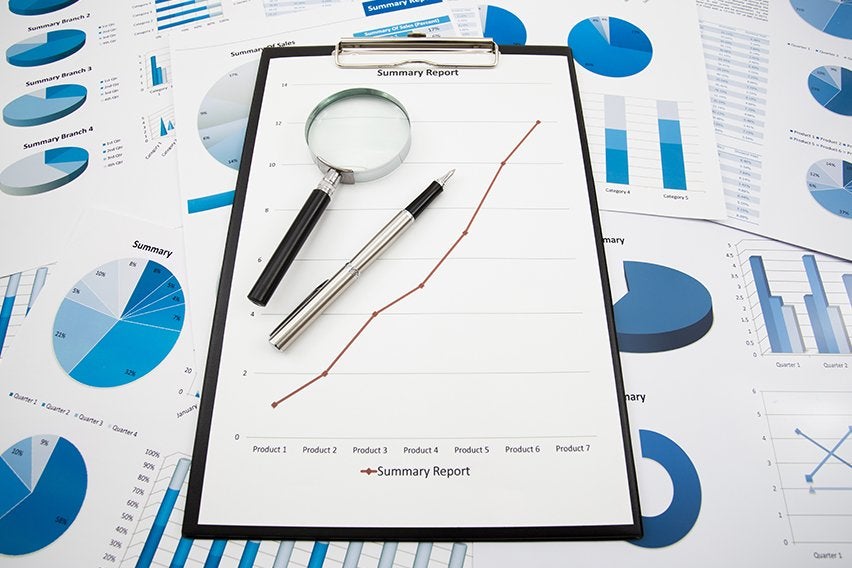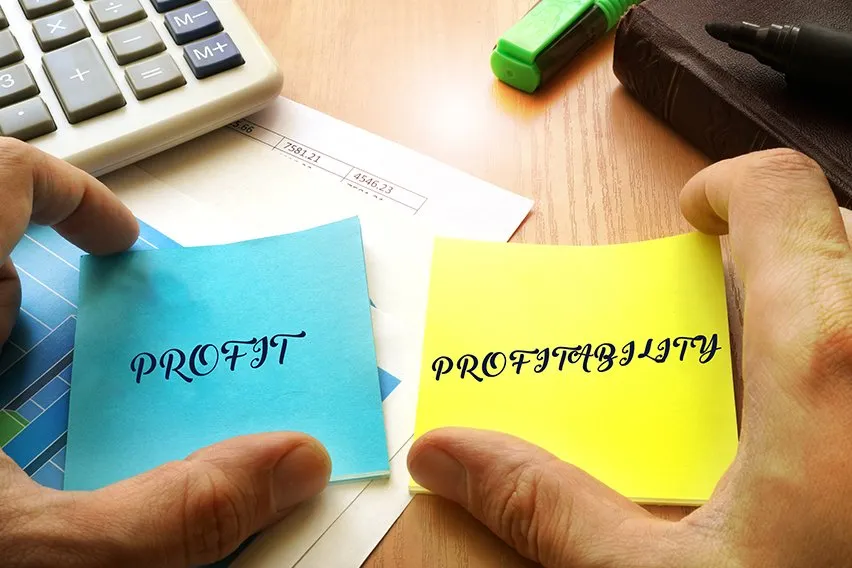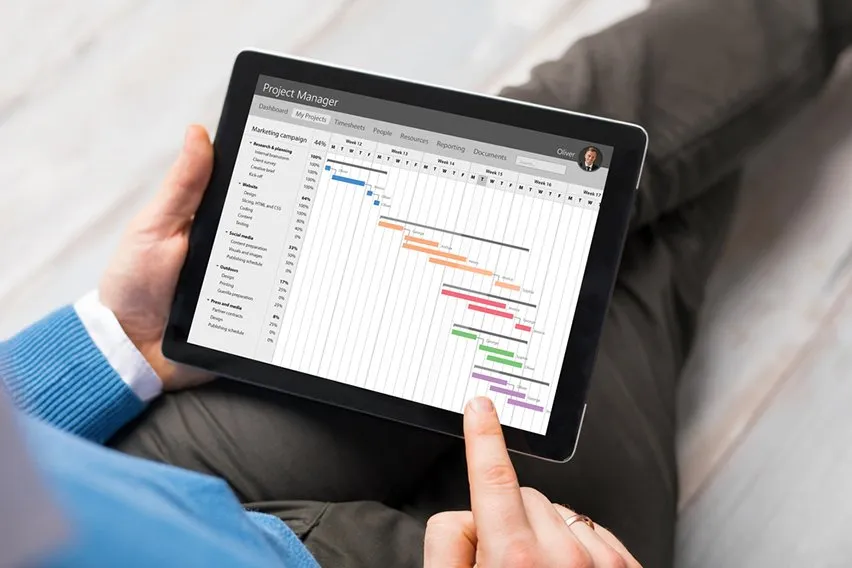Customer Profitability Analysis: Definition, Formula & How-to Guide

Customer profitability analysis is a process of analyzing customers and their spending habits. It can be used as a financial performance indicator. It can be used to find out how profitable it is to keep each customer. Businesses can improve their decision-making. They can also improve overall business operations using this metric.
In this article, we’ll cover what customer profitability analysis is, how to use it, and more. You’ll also learn some common misconceptions about customer profitability analysis.
In this article, we’ll cover:
What is Customer Profitability Analysis?
How Do You Calculate Customer Profitability?
How to Analyze Customer Profitability
Misconceptions About Customer Profitability Analysis
How to Use Customer Analysis to Make Decisions in Your Business
What is Customer Profitability Analysis?
Customer profitability analysis involves the comparison of the revenue generated by a company. This data comes from its different types of customers. It includes the average customer costs incurred in generating that revenue. The goal here is to identify which customers are profitable for a business. It helps determine which ones are not. This is an important business strategy.
This allows the business to focus on optimizing exposure to more valuable customers. There are many ways to understand your customer base. This includes identifying an individual customer’s lifetime value (LTV). This helps you determine if it’s a smart investment to market to each customer.

How Do You Calculate Customer Profitability?
Customer profitability analysis makes use of the following formula to determine profitability:
Total profit per customer = Total annual revenue generated – Total costs incurred.
To better understand this, let’s look at an example.
Let’s say a company sells five different products. It has customers A and B. Customer A buys all five products. Customer B only buys four of the same five products. The total revenue generated from both customers is $45,000. The average cost incurred to generate that revenue totals $30,000.
Total profit generated by customer A = Total revenue generated – Total costs incurred = $45,000 – $30,000 = $15,000.
Total profit generated by customer B = Total revenue generated – Total costs incurred = $45,000 – $25,000 = $20,000.
Customer B is more profitable than Customer A. This is true even though customer B bought fewer products.
How to Analyze Customer Profitability
While this is a basic metric, it can be used in numerous situations. The following are potential uses of a good customer profitability analysis:
Identify which customers to focus on.
Determine which customers have the greatest potential positive impact on the bottom line. It involves focusing more time and resources in a focused manner. It could be more profitable to focus on a smaller group of customers. This helps businesses avoid unprofitable customers. It also helps cut down on time wasted on less profitable customers
Set targets for every customer, including those that are not profitable or break even.
Setting a target could be as simple as tracking the current spending habits of each customer. It becomes more involved when you have to create a model that predicts future spending behavior. It includes customer profitability analysis.
Graph your customers’ profitability over time.
This helps you analyze how customers are performing over time. It’s one way to spot long-term trends in customer profitability. Use it to predict the future spending behavior of customers. You can also identify changes in their buying habits. You can also use it to identify the profile of better-performing customers. Using this information helps you target your marketing efforts toward better customers. You can apply customer profitability analysis to other important business metrics. These include Market Share Analysis, Customer Churn Rate, and more.
Misconceptions About Customer Profitability Analysis
There are several misconceptions about customer profitability analysis. It’s important to be aware of these misconceptions. This helps you avoid making the following mistakes:
Mistake #1: Not Accounting for Multiple Products
It’s easy to assume that every product is equal in this type of metric. All products may not have the same impact on your business.
Mistake #2: Not Tracking the Costs Incurred
It’s easy to forget about other costs. These costs may impact your business’s overall profitability. These costs include warehousing, handling, shipping, and related items. It’s always best to include the total costs in your equation. This is because they will all impact your business in some way.
Mistake #3: Calculating Profitability by Customer Instead of Product
It’s easy to get confused when trying to calculate customer profitability. This is especially true with multiple products. It can be difficult to compare apples-to-apples with this method. You can avoid this problem by looking at profitability. This would be for individual products instead of customers.
Mistake #4: Picking the Wrong Timeframe
It’s easy to look at data and mistake random fluctuations for real trends. It’s best to use customer profitability analysis over a long period. This could be one that includes multiple years on the same calendar.

How to Use Customer Analysis to Make Decisions in Your Business
It’s one thing to have a calculation of customer profitability. It’s another thing for it to be applied in your business. These tips can help. You can take actionable steps from customer profitability analysis.
Analyze your top-performing customers and compare them with the rest.
Compare their spending habits over time to determine how they are doing. Look for patterns that can be applied to other customers. For instance, you could track the amount of time it takes them to place an order. A customer who places large orders regularly is likely to continue.
Compare your most profitable customers using detailed analysis.
It’s important to identify their common traits. Once you know what they are, you can apply them to the rest of your customer base
Decide on targeted offers for better-performing customers.
Think about value-added products and services. These products will enhance their experience when using your product or service. You can also offer discounts or free shipping in exchange for buying in bulk.
Key Takeaways
It’s best to spend a lot of time understanding your business metrics. Some basic metrics include customer profitability, market share, and more. Once you have a basic understanding of these metrics, you can use them to improve your business. This is true for all types of businesses from retail stores to larger corporations.
Customer profitability analysis is used to determine which customers are profitable. It helps businesses focus on the right customers. This allows you to set the right goals for each customer. Using customer profitability analysis, you can also predict how profitable customers will be in the future. You can also identify potential trends in their buying habits.
This article discussed customer profitability analysis in depth. You learned what it is, how it’s used, and more. Hopefully, this article clears up all of your questions regarding this type of analysis. More information is available on Resource Hub.
RELATED ARTICLES


 Profitability Index: Definition & Calculation
Profitability Index: Definition & Calculation Advantages and Disadvantages of Profitability Index
Advantages and Disadvantages of Profitability Index All About Profit Centers
All About Profit Centers Profit vs Profitability: What’s the Difference?
Profit vs Profitability: What’s the Difference? Asana Pros and Cons: Top 4 Advantages & Disadvantages
Asana Pros and Cons: Top 4 Advantages & Disadvantages What Is a Project Timeline and How to Create It in 7 Steps
What Is a Project Timeline and How to Create It in 7 Steps